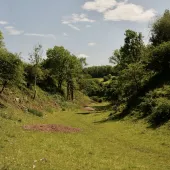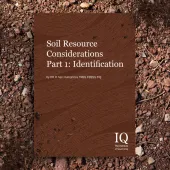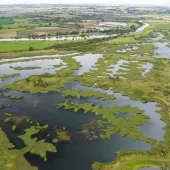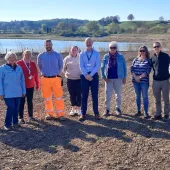Tice’s Meadow Nature Reserve a haven for wildlife
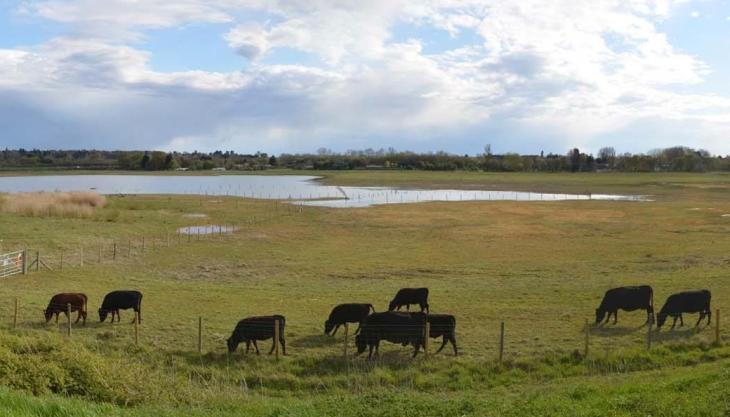
Former Hanson quarry transformed into one of the best birdwatching sites in Surrey
A FORMER quarry near the Surrey/Hampshire border has been turned into a wildlife haven by Hanson Aggregates, with the help of ecologists from Thomson Ecology.
Tice’s Meadow Nature Reserve has been transformed from an active quarrying site into what it is now said to be one of the best birdwatching sites in Surrey.
The reserve covers 150 acres of open water, gravel islands, scrapes, reed beds, scrub, woodland and wet and dry grassland, and has been designated a Site of Nature Conservation Interest.
Work at the former quarry included the creation of a conservation grassland area on the western part of the site, which is managed by volunteers from the Tice’s Meadow Bird Group and rangers from the Blackwater Valley Countryside Partnership.
Paul Franklin, project manager from Thomson Ecology, said: ‘Increasingly, companies are re-wilding sites after their industrial use has ended, and this is an excellent example of how successful it can be.
‘We have been working with Hanson Aggregates to monitor the grassland area of the site and record habitat changes over time.
‘The fact that it is now attracting some rare and unusual birds, and providing a diverse habitat for so many creatures, including birds, dragonflies, butterflies, beetles, foxes and reptiles, is an indication that the site is gradually being recolonized by native species.’
Thomson Ecology originally began working at the site in 2011 when they undertook a survey of grassland to assess changes in plant communities following the completion of quarrying work and subsequent restoration.
The ecologists have recently been back on site to record how the grassland habitat has developed since that time, as part of a programme of long-term biodiversity monitoring at the site.
According to Thomson Ecology, any changes recorded in grassland plant communities can be related to changes in the management and hydrology of the site, including the use of cattle grazing to prevent scrub encroachment and the dominance of more vigorous plant species.
Restoration of the site was part of the planning conditions associated with the original permission for mineral extraction, which also includes a requirement to monitor the grassland for 20 years.




